
’56 Morgan Became an Exotic One-Off
As Told by Jim Simpson, Simpson Design
Photos by Chuck Simpson
While Socal is generally regarded as the center of car culture, I’m nonetheless amazed by the East Coast's history of remarkable cars and the remarkable people who built them, particularly in the New York area. Perhaps due to its huge population, or because New York car shows were so well attended, or because people in that area are just better car educated. Whatever the reasons, I do know that custom building in the Fifties and Sixties, and perhaps even today, is as prolific in the Northeast as in California.
For instance, a few years ago I attended the Barrett Jackson Auction with Steve, one of my clients. We were both dumbstruck by a lovely little Morgan Sports racer. Primarily a Ferrari collector, my client Steve’s sudden enthusiasm took me by surprise. I reminded him of our rule about buying cars at auctions, that we decide before going in what our maximum bid will be, so we don't get caught up in the moment. Well, rules are made to be broken, especially by a gem find.
By way of history, the car started out life a typical (if there is such a thing) 1956 Morgan plus 4, chassis #4021. Sold new in New York by Fergus Motors, it was resold in November of 1958 to Cecil J. Rhodes of Bemis Point, New York. Shortly after Rhodes bought the car, it was involved in an accident that made a hash of the front fenders, grille and cowl area.
The car was repaired but not to Rhodes’ satisfaction. Though he continued to drive it through the next year, he largely lost interest in it. He stuck it in the garage with the intention of doing a rebody on it later.
In the summer of 1963 Rhodes stripped the Morgan factory body from the car and started making design studies. He was fascinated with the Scaglietti-bodied Ferrari Mondial, arguably one of the prettiest race cars of the day, a car that I believe Bill Devin must have been inspired by as well.
The following summer, starting with bits of corrugated cardboard over the existing Morgan mechanicals, he experimented with scale and shape. Wanting to keep the car body very tight over the chassis, he used foam, clay, and plaster to achieve his vision and then began adding fiberglass.
By Fall of 1964, he had completed the car to the point of being ready to trim the interior and start driving it. Hoping to get more out of the engine, he took it to a mechanic, who proceeded somehow to ruin the TR3 motor. This was the final blow for Rhodes. He put the car away in disgust and it remained untouched until 1978.
The fiberglass work done by Rhodes was lightweight and of good quality for the day. I don’t know if he was just very talented and capable, or if he’d had previous experience. It’s also not clear if Rhodes himself fabricated the lovely egg-crate grille and surround, the windshield, and the very elaborate chrome script on the rear of the trunk lid. Interestingly, the frame around the trunk lid is metal. Notice the car has no doors; it does have high fiberglass sills inside that clearly add to the structural rigidity of the body.
The car traded hands several times until enthusiast John Hammond in Michigan bought it restored and brought it almost to completion for his client Terry Mahrle. In 1990 it was auctioned off by Rick Cole Auctions to John Hibbard of Cardiff, California. Hibbard put the car in his collection and hardly drove it, selling it in 1996 to another collector, Jay Hoffman of Scottsdale AZ, to become part of his extensive collection.
What this somewhat tedious history of disuse and changing owners illustrates is that no matter how distinctive, prestigious and unusual cars might be, they often disappear from the public eye for years at a time. And we collectors and enthusiast give them up for lost—at least until fate intervenes in a rather curious way.
Early in 2004 the car was sold again to Park Place Motors in Bellevue, Washington. For nearly a year this firm displayed the car amidst an unusual grouping of amazing cars for sale. Finally, despairing of finding a local buyer, the company put the car in the Barrett Jackson Auction where my client and I found it, a lovely little fiberglass-bodied enigma. (Or, possibly even more confounding, as Winston Churchill once referred to Russia, this car was “a riddle wrapped in a mystery inside an enigma.”)
So much for our rules; my client made the decision to take it home. It is the ultimate irony that another Washingtonian had to travel hundreds of miles to discover a car that sat only 40 miles away from him for nearly a year. After my company Simpson Design handled the restoration to make it roadworthy, the story continues...
Steve enjoyed the old Morgan a great deal over the next few years, but then decided that it was time to freshen it up. Consumed with other project cars, I suggested that he take it to Tim Taylor at Red Car Restorations in Rockwall, Texas, near Dallas.
Tim and company assessed the old Sports Racer to determine what was good and what could be improved without ruining the integrity of the original car. This was not easy as so much of the car was pieced together in the fashion of the early Sixties, certainly not up to more contemporary standards. Further inspection showed these seasoned restorers and car builders that some of the stopgap repairs made over the years were not holding up, and had become weak and somewhat dangerous. So where do you start?
Well, as with any good restoration, you pretty much disassemble the car. It did not take long to realize that the original Morgan chassis, the subject of so many repairs over the years, was pretty beat. A new chassis was ordered from Morgan Spares, and all the mounting brackets, firewall and rear bulkhead attachment points were fabricated so the envelope body would install on the new frame. Since this very lightweight sports racer is primarily a street car, it made sense in the interest of strength and safety to install drive shaft hoops in the chassis. In that way, if a U-joint ever went bad during a spirited run, the driveshaft would be contained rather than injuring the driver and any passengers.
Time to sort out the mechanical end of the car. The valve train had become quite worn, indicating a full engine rebuild was in order. New rockers, shafts, and pistons were sourced, the crank re-balanced, the head stripped and gone through, and the entire engine balanced and blueprinted.
Other upgrades included switching to a modern rear main seal and replacing the old Zenith Stromberg carbs with a set of properly jetted 40 DCOE Weber carbs. Morgan Spares provided a new 5-speed modified Ford gearbox. The differential was completely sorted and refurbished as well.
All the suspension was rebuilt, including adding new upgraded front spindles and front disc conversions, again from Morgan Spares. The original Morgan worm-and-sector steering box was replaced with a new Morgan Spares rack-and-pinon unit with proper mounting brackets fabricated and added to the chassis. A new transmission tunnel was fabricated along with relocating the emergency brake handle to a more traditional and usable location.
The old wiring was cobbled and showing its age so a new Morgan Spares harness was installed. A new period-style dash covered in black leather, with a proper period instrument binnacle, was created and installed.
Turning to the body, the old marine plywood firewall and rear bulkhead had not aged well, so it was carefully removed from the body, and a new alloy firewall and rear bulkhead panel were bonded in its place. Careful stripping off the exterior red paint revealed lots of stress cracks and early fiberglass imperfections, so the body skin exterior was strengthened and re-glassed in preparation for new paint.
The early side louvers and grille also showed their age so new alloy louvers and grille with surround were fabricated and fitted, and a new alloy hood made with much more positive retainers to replace the old fiberglass hood.
After a skillful application of fresh red paint over the newly reworked body, all the bits could be added. The old lower rear valence, the subject of much repair, was replaced with a new alloy rear valence and trim panel, completing the transformation.
The seats, wheels and many other exterior components, all reworked in recent years, were reinstalled. The acrylic windscreen, remade a few years earlier, was refitted to the car. The finishing touch was new leather trim work around the cockpit. With that, the Morgan is now ready for many more years of much safer and more reliable enjoyment, while keeping the wonderful vintage look and feel of Mr. Rhodes’ vision. And it’s certainly no mystery how such a classic shape captures the imagination of today’s car enthusiasts.

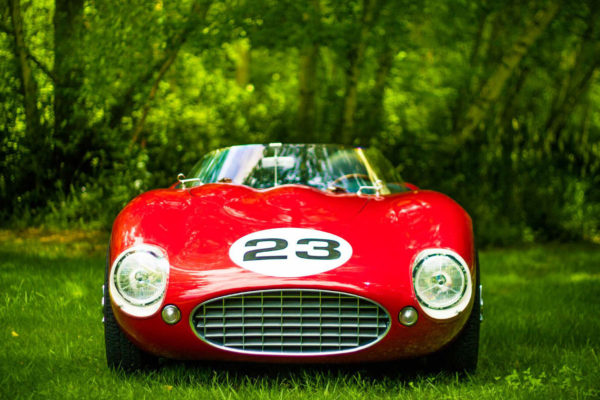
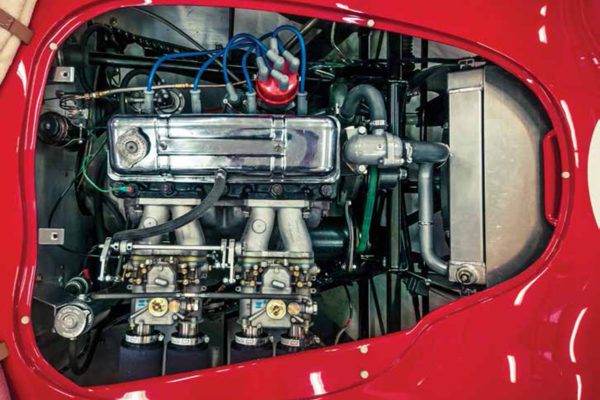
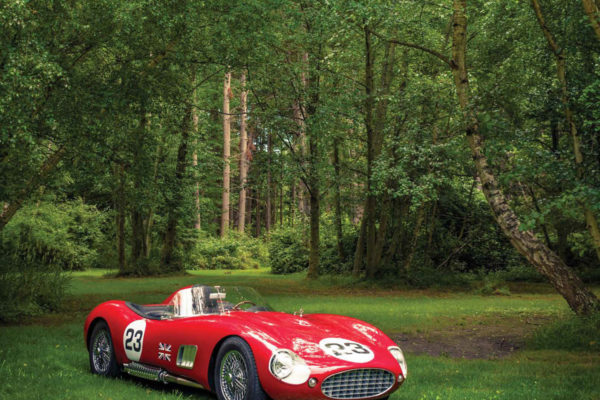
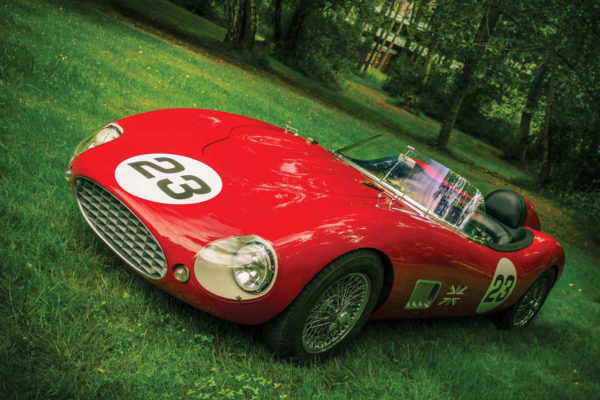
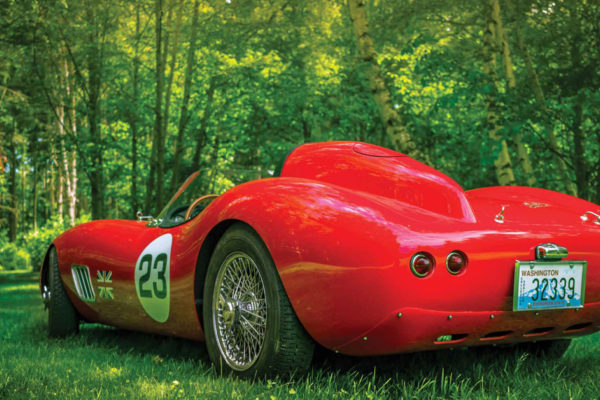
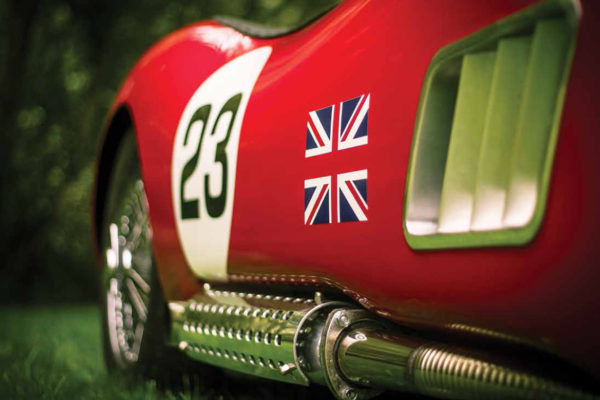
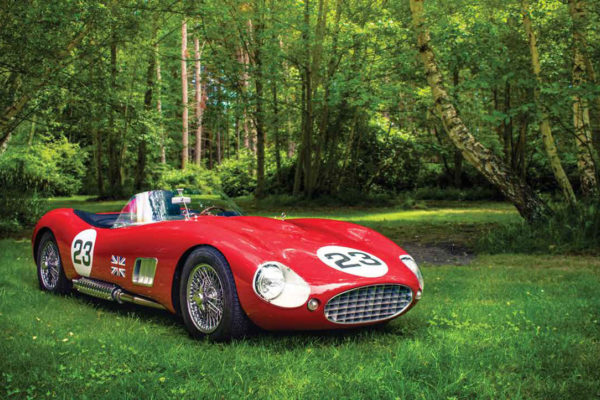
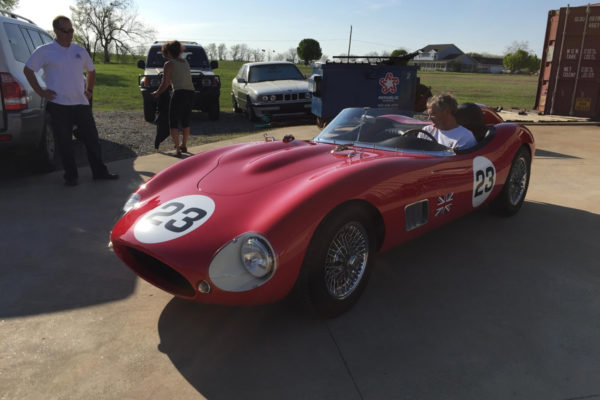
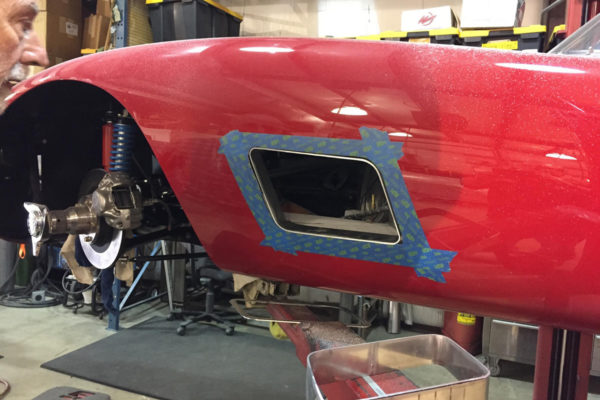
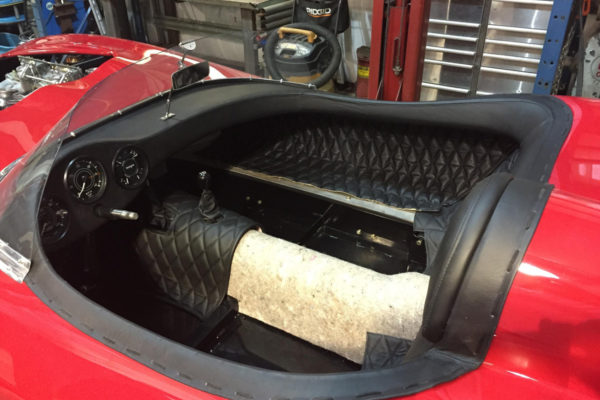
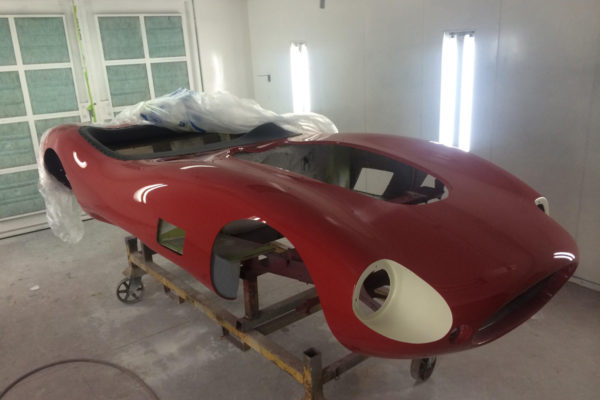
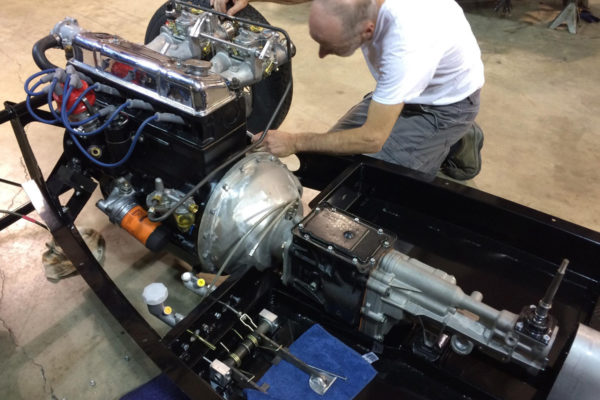
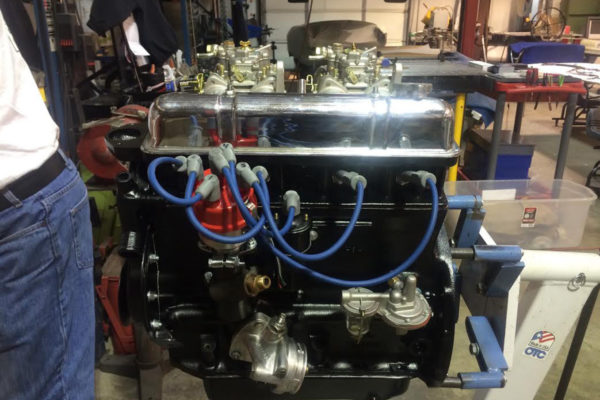
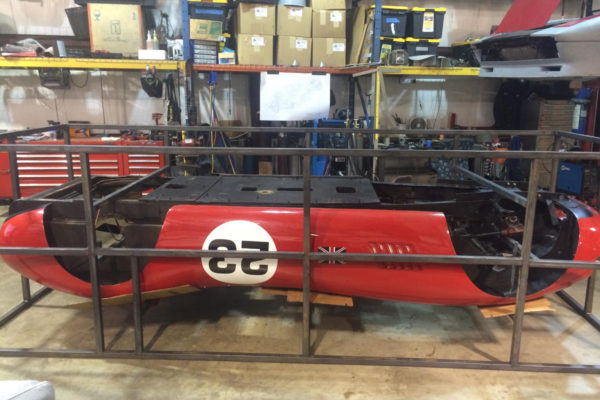
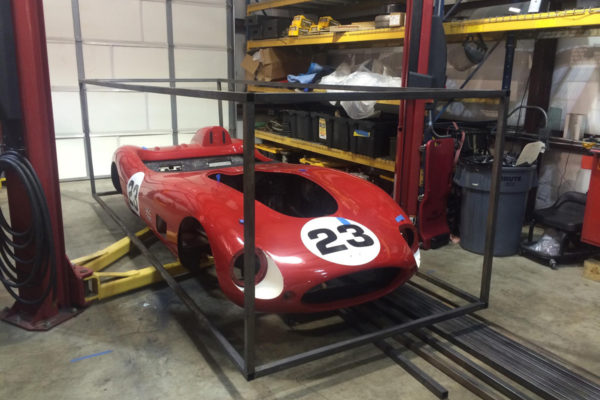

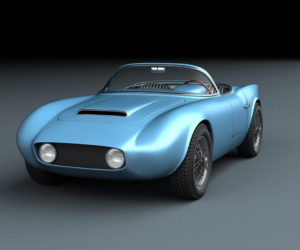
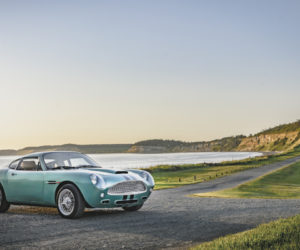
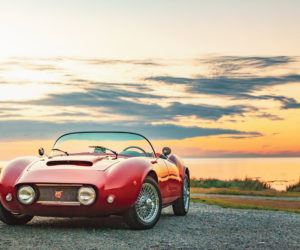




Comments for: MYSTERIOUS MAKEOVER
comments powered by Disqus